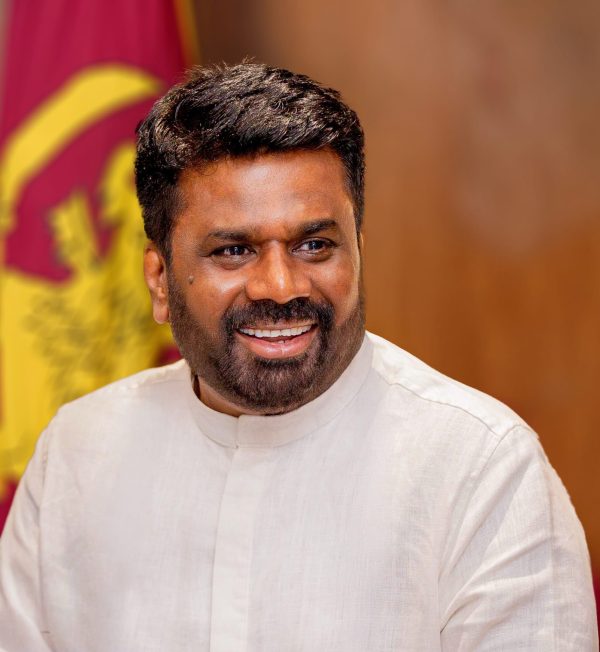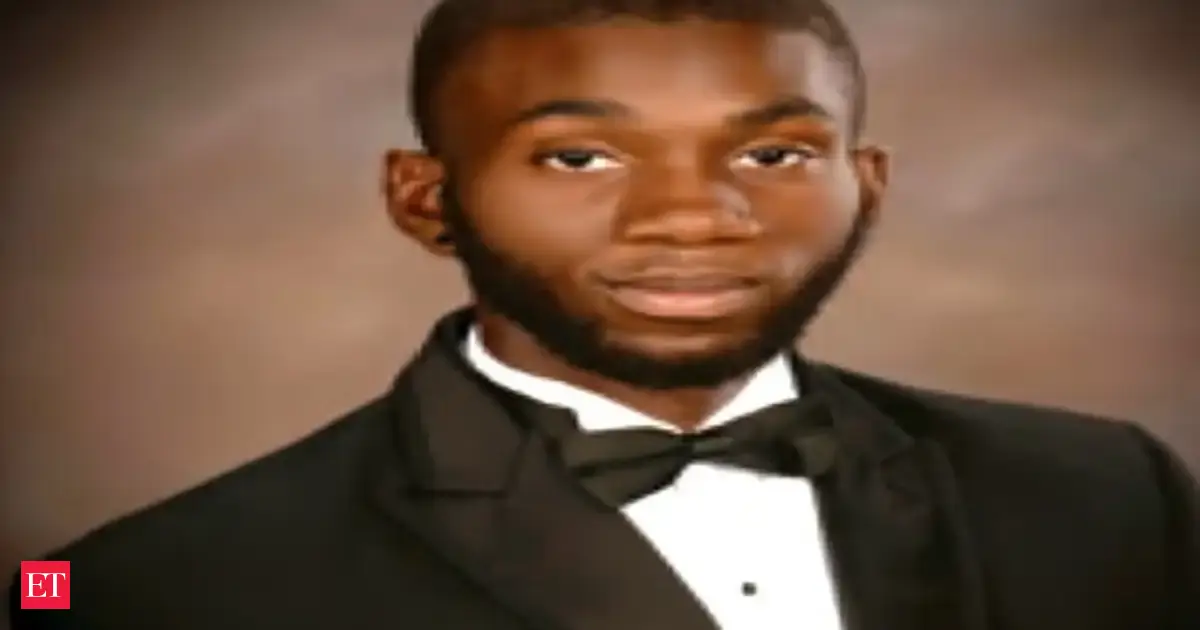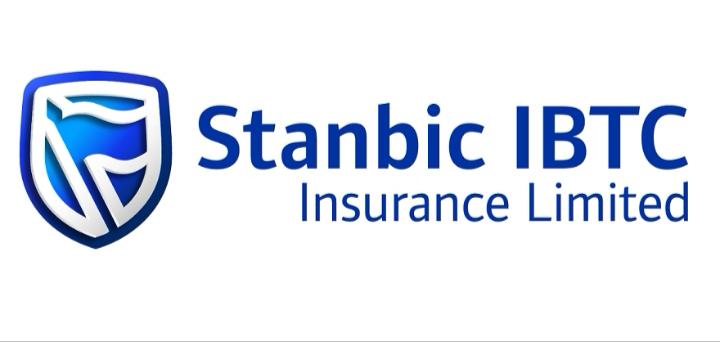By Rathindra Kuruwita
Copyright thediplomat

It’s been a year since Anura Kumara Dissanayake was elected president of Sri Lanka. His electoral victory broke the seven-decade duopoly of Sri Lanka’s two main parties, the United National Party (UNP) and the Sri Lanka Freedom Party (SLFP) – the Rajapaksas’ Sri Lanka Podujana Peramuna or SLPP was but a splinter group of the SLFP. Soon after Dissanayake’s presidential election victory, his National People’s Power (NPP) swept to a two-thirds majority in parliament – the first time that a political party secured a two-thirds majority in parliament since Sri Lanka shifted to a proportional representative electoral system in the 1980s. Dissanayake’s and the NPP’s victories signaled not just a change of government but a change of era. The center of gravity in Sri Lankan politics has shifted, and things will never be the same again. Since the end of the first Mahinda Rajapaksa administration in 2009, Sri Lankans had become increasingly disgruntled with the country’s political establishment, which they deemed unaccountable, extractive, and complacent. The vote for Gotabaya Rajapaksa in 2019 was emblematic of the desire to break away from the old political guard. Although Gotabaya’s rule ended in disaster in 2022, the average Sri Lankan was not ready to return to the business-as-usual politics of the old guard represented by Ranil Wickremesinghe. Voters chose Dissanayake as he represented change. Dissanayake, who had developed a strong grassroots network since taking over the Janatha Vimukthi Peramuna (JVP) in 2014, became the founding leader of the NPP in 2019. People were drawn to his promise of cleaning up the state, prioritizing production over speculation, and restoring a sense that public office is a public trust. Over the past year, the NPP government has drastically reduced the perks and privileges enjoyed by politicians. Much-hated incentives and allowances enjoyed by parliamentarians have been taken away. Laws have been passed to strip former executive presidents of lavish Colombo mansions and bloated security details. Politicians can no longer insert their cronies into state institutions. Indictments have been served on a number of senior politicians for alleged corruption. Digitization has been expanded, limiting the opportunity for bureaucratic corruption. The Clean Sri Lanka initiative has taken steps to improve public spaces. However, the old guard does not seem to understand what is going on. Instead of rethinking why voters turned away from them, prominent opposition leaders continue to engage in ploys such as whisper campaigns, elite bargains, and appeals to fear that had worked in the past, not realizing that the overwhelming majority of Sri Lankans have seen through these tactics. The public’s tolerance for backstage deals is low; its appetite for due process and basic fairness is high. This is why the government’s anti-corruption drive and the arrest of former President Ranil Wickremesinghe in August were welcomed by the masses. Insulation from accountability is a thing of the past; there is no going back to politics as usual. Most importantly, this break with the past has not produced chaos. Dissanayake and his administration have governed cautiously as they understand that the country’s condition is fragile economically, institutionally, and socially. They have chosen to move slowly, even though their political capital would permit faster action. This cautious approach seems to have frustrated some voters who want sweeping change now, but caution and slow build-up of power probably will be best for the administration and the state. The lesson from the uprisings in Sri Lanka in 2022 and Bangladesh in 2024 is that institution-building is key for long-term change, not catharsis. Dissanayake did not leave the IMF program his predecessor negotiated; he kept Sri Lanka within those guardrails to protect macroeconomic stability and ongoing debt negotiations. But his economic agenda is quite different from Wickremesinghe’s stabilization-first orthodoxy. Wickremesinghe believes in austerity and market-led restructuring, while Dissanayake is a proponent of economic growth that stems from farms and factories. He and his team are trying to revive domestic production and nudge state institutions to serve the real economy rather than rent-seeking. Wickremesinghe’s privatization drive has been halted, and the emphasis is now on making state institutions more efficient. The Ministry of Industries has plans to revive state-owned enterprises (SOEs), and the government wants to establish a development bank to meet the capital needs of industries. With regards to national integration, the government’s strategy is built on non-discrimination, addressing war-related humanitarian concerns, and prioritizing development in the North and East. Military-acquired land is being released to the public, and enforced disappearances are being investigated. Several large-scale development projects have been launched in the North and East, ranging from a fisheries harbor and cricket stadium to an e-library program and coconut industry initiative. Dissanayake’s foreign policy has followed the same cautious line as his domestic agenda. Colombo has worked to enhance ties with the Global South while maintaining working relationships with the West. Although hailing from a political movement that has viewed India with suspicion, Dissanayake reached out to New Delhi immediately to stabilize bilateral ties because he understands that a good relationship with India is key to Sri Lanka’s stability. However, Dissanayake also took steps to walk back some disadvantageous agreements with India initiated under Wickremesinghe. Even so, two notable missteps in foreign policy stand out. The decision to skip the October 2024 BRICS summit, despite an invitation relayed by Russia’s ambassador, has created doubts about Sri Lanka’s commitment to a more diversified diplomatic portfolio. The second missed opportunity came this year with Sri Lanka’s no-show at the Shanghai Cooperation Organization summit at Tianjin, China. Whether the problem was scheduling, protocol, or miscommunication, the outcome was the same: Sri Lanka forfeited visibility at a forum where middle powers of the Global South debate security and connectivity. If the government wants to signal that Sri Lanka will be a rule-abiding, strategically autonomous actor, showing up in person at such platforms is essential. Dissanayake’s challenge in year two is to convert the public support for this altered political common sense into durable systems. That means opening more space for industrial development while remaining inside the IMF rails, professionalizing the civil service, hard-wiring transparency into procurement and state-owned enterprises, and making a habit of showing up on the world stage with a clear, calm voice. If the government keeps its nerve and its humility, moving slowly when the country’s fragility demands it, faster when institutions can bear it, Sri Lanka’s new era will feel less like a rupture and more like a recovery.



